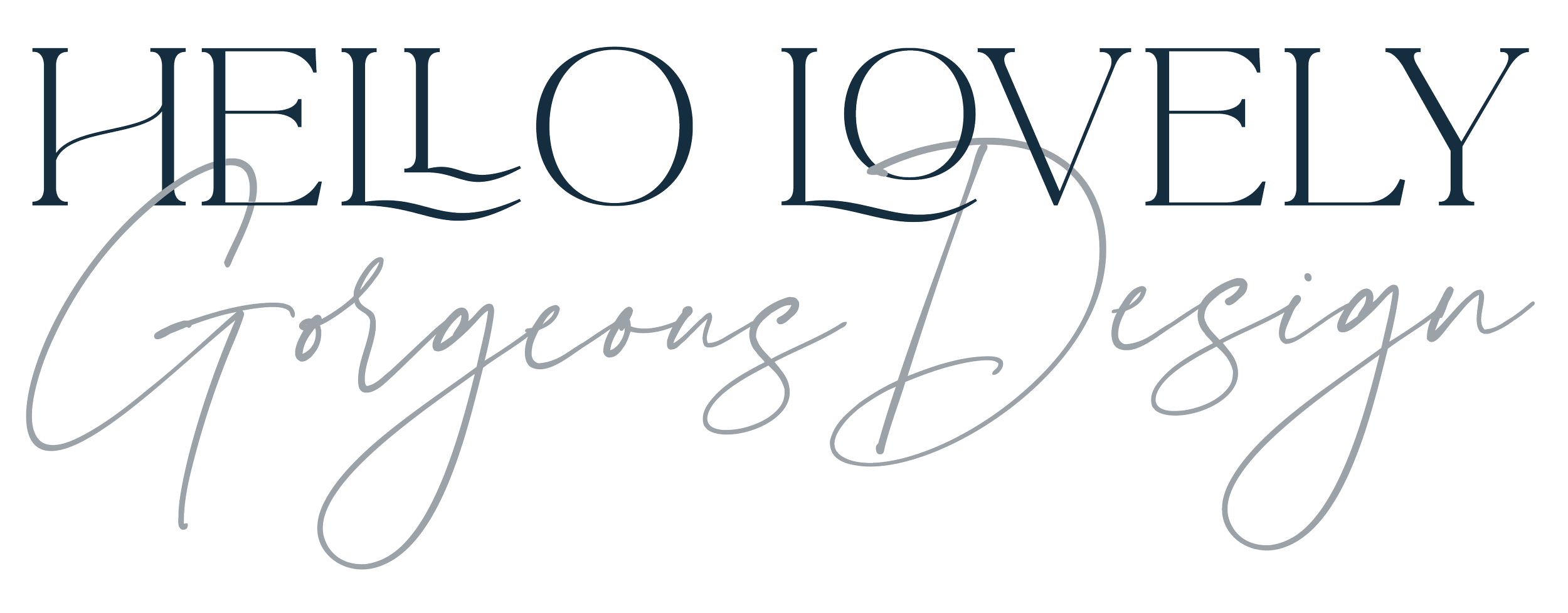Tips and tricks for a memorable business card
1. Who are you and where do you come from?
Always include your name, business and job title. You can save space by carefully considering your contact details. Start with the best ways to contact you. For me, the website, email address and phone number are essential. Many businesses no longer include an address on their business cards, so if you’re struggling for space, you may want to remove this.
2. Make it easy to read
If you’ve got a lot of information to display, you may be tempted to shrink the size of your text. Beware – small text can often look fine on screen, but turn into a smudge when printed. As a general rule of thumb, don’t go smaller than 8pt. Also, don’t forget about the font itself: keep it professional and simple no detailed calligraphy please!
3. Use a QR code
Another way of saving space is to create a QR Code for your card. It’s an easy way to create a link between your printed and online content – by scanning the code on their phone with a reader app., people can automatically be sent to your website. Indesign, the software I use, creates QR codes for free so there's no extra charge for this.
4. Colours or not?
Bright colours - when used correctly - can make a business card stand out, and look distinctive. This tactic is often used by design and creative businesses, with the aim of appearing fresh, exciting and original. However, don’t underestimate the power of simplicity. A plain black and white design can be as memorable and striking as a colourful card – and can often be seen as more ‘stylish’ too. As always do consider your brand and your logo, you need a card that fits with your overall style and unifies your look. Business cards are part of my branding snapshot deal.
5. Raise your game!
If you’re concerned about a black and white card looking dull, you can try embossing your text Embossing creates a raised, 3D tactile effect, which adds elegance and style. Engaging more than one sense at a time can improve recall so apply this to your card but do so wisely, keep it simple. Using layers in Indesign and calling on my contacts in print, it's a very easy process.
6. Use both sides
Think about saving one side for something more visual - a product logo or photo. Whatever you do, don’t leave it blank. It's peanuts to print on the second side so max the space.
7. Borders and fancy stuff
Avoid those borders in your design. No matter how much attention is paid, printing is never 100% completely precise. A perfectly symmetrical border on your screen may come out lopsided, thanks to minute movements in the printer.
8. Paper Thickness
Thicker cards tend to feel more expensive – making your business seem more professional. A business cards printed on paper thinner than 300gsm look and feel rather thin, which can make them feel cheap.
